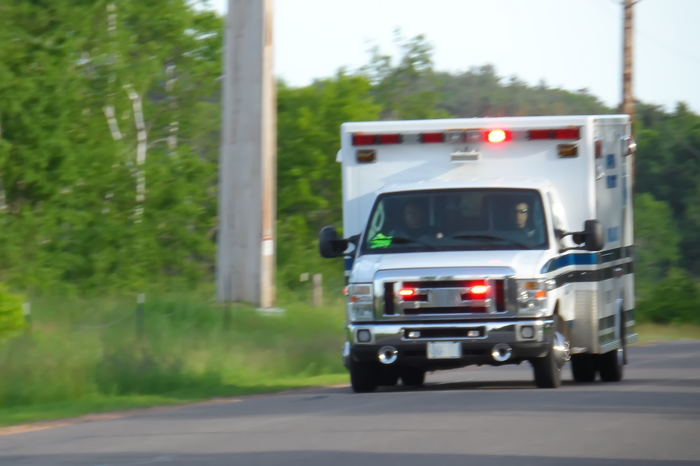
You’ve responded to the same nightclub three times this month. Every call is the same: a young adult found unresponsive, most likely the result of an overdose on heroin. The patient is a male in his mid-twenties, pupils pinpoint, he’s barely breathing and showing the early signs of cyanosis. You load him onto the stretcher, place him in your unit, and race to the nearest hospital.
En route, you begin bagging the patient while another medic hooks him up to the monitor and starts an IV. As you squeeze the Ambu bag, you ask yourself: “Is it time to intubate?”
Advantages of Endotracheal Intubation
We’ve all heard the catch phrase, “Less than eight, intubate,” meaning if the patient has a Glasgow score of less than eight, they are probably unable to protect their airway. And while there are several airway adjuncts to choose from these days, endotracheal intubation is still considered the preferred method of controlling the airway. Its advantages include:
- It isolates the airway from gastric contents, thereby decreasing the risk of aspiration
- Allows ventilation with 100 percent oxygen
- Eliminates the need to maintain mask-to-face seal
- Facilitate tracheal suctioning
- Prevents gastric distention
- Provides an additional route for some medications
Knowing these advantages, it seems a no-brainer to choose endotracheal intubation for your patient. But keep in mind that there are certain factors that can hamper the placement of an endotracheal tube. Be alert if your patient exhibits any of the following:
- Receding chin
- Short neck
- Large tongue (especially in Down syndrome)
- Small oral cavity
- Cervical immobilization or limited neck mobility
- Facial trauma
- Bleeding in the oral cavity
- Active vomiting
These factors, in isolation or combination, can make for a difficult intubation. But if your patient will benefit from an advanced airway, and you are confident you can overcome these impediments, then it’s time to assemble your equipment.
Use the Right Tools
Once you’ve made the decision to intubate, you must then assemble your equipment. These items should be stored together in an airway bag or compartment, so that you have everything you need for a successful intubation. This includes:
- PPE – gloves, mask, and goggles
- Appropriately sized tube (most adults accept a size 7.0 to 8.0)
- Appropriately sized laryngoscope handle and blade (either Miller or Macintosh, depending on personal preference)
- 10-ml syringe
- Water-soluble lubricant (especially for nasal intubation)
- Commercial tube holding device
- Bag mask with reservoir
- Supplemental oxygen
- Stethoscope
- ETCO2 detector
Due to risks from COVID-19, it’s important to wear N95 with eye protection or PAPR, gloves, and a gown.
Don’t Forget the Suction Unit!
One of the most important tools you’ll need when intubating is your portable suction unit. If the patient is bleeding, vomiting, or has excessive mucus or trauma, you’ll need to clear the oral cavity before visualizing the vocal cords. Endotracheal intubation cannot be performed via blind insertion. To ensure you have passed through the cords, you must SEE the tube pass through the cords. If not, you will most likely intubate the esophagus.
Have the suction unit ready and staged next to the patient. If you have the personnel, put someone in charge of suctioning the patient while you position yourself to visualize the cords. This dual approach will save time and help prevent hypoxia. Also, consider the SALAD Technique. As the oral cavity is cleared, you can proceed with the laryngoscope.
Complications of Endotracheal Intubation
Although endotracheal intubation is a highly effective means of controlling the airway, it—like most medical interventions—carries certain risks. They include:
- Hypoxemia caused by prolonged intubation attempts
- Vagal stimulation resulting in bradycardia
- Trauma to the airway, which can result in bleeding and swelling
- Intubation of the right main stem bronchus—pull back on the tube until equal breath sounds are heard
- Esophageal intubation—always visualize the cords!
- Vomiting leading to aspiration
- Loose or broken teeth—don’t pry when positioning the laryngoscope blade
- Trauma to the vocal cords
Deciding when to intubate is one of many important decisions you must make when treating critical patients. You must weigh the pros and cons of your decision, keeping in mind the risks and benefits to your patient. By considering these factors, you can feel secure in your choice of action.
Editor's Note: This blog was originally published in July 2017. It has been re-published with additional up to date content.














